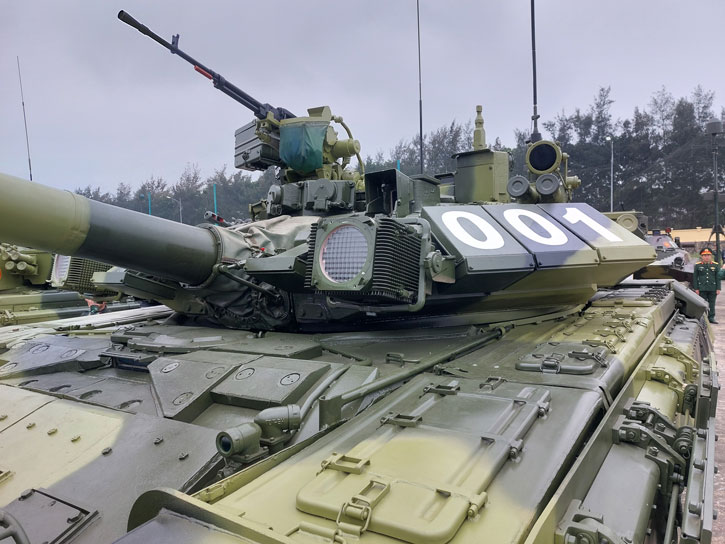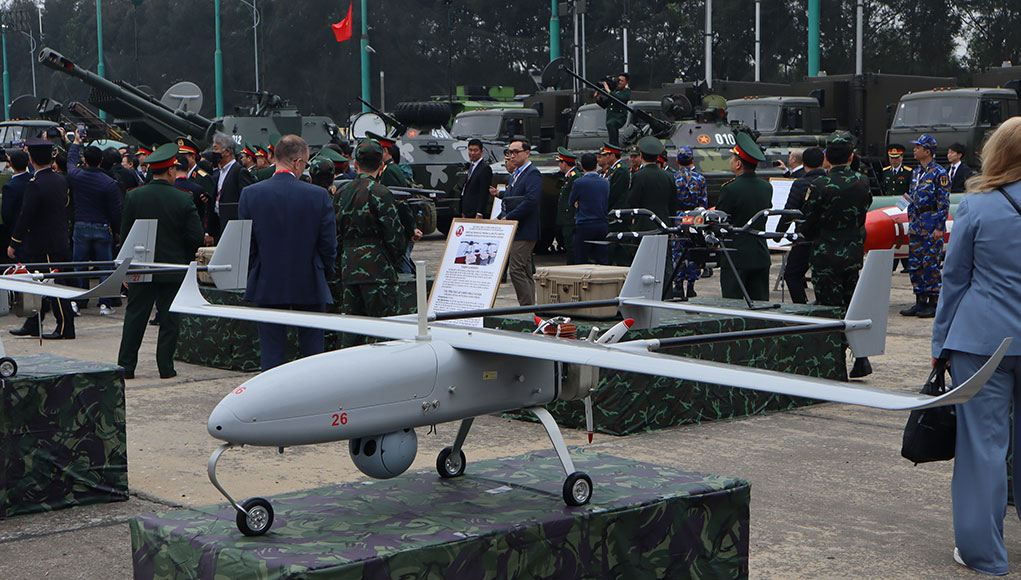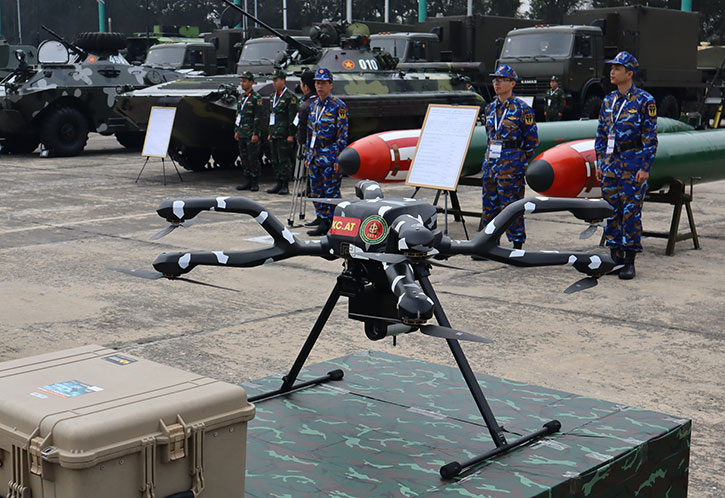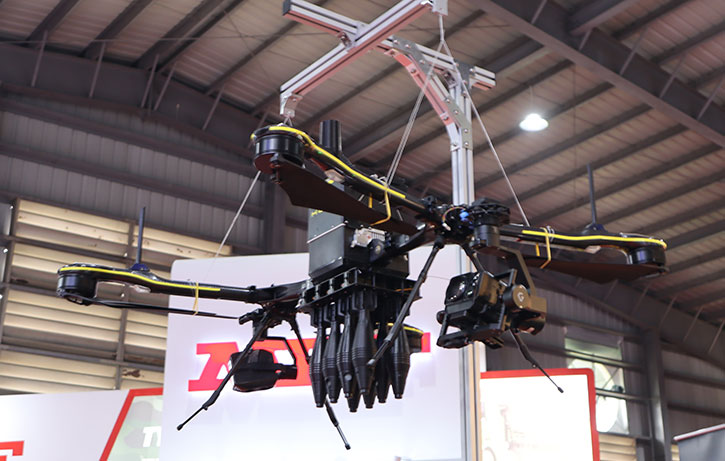The Vietnam Defense Exhibition, held at the Gia Lam Airport near Hanoi, attracted over 170 exhibitors, about 60 from Vietnam and the rest from 30 countries. China was absent from the fair, which had been invited but declined to attend. Vietnam has a long-standing territorial dispute with China over the South China Sea and energy exploration in the area, leading to concerns about a potential confrontation between the two nations.
As a prominent Southeast Asian nation, Vietnam has a policy of avoiding commitment to regional or international alliances to remain independent and avoid conflicts that do not directly threaten the country. This policy has allowed Vietnam to rely on its defense forces and the resilience of its people, as demonstrated throughout the 20th century.
However, this policy is being tested by the growing regional threat posed by China’s expansion in the South China Sea, which conflicts with the interests of other nations, including Brunei, Indonesia, Malaysia, the Philippines, Taiwan, and Vietnam. While the dispute is primarily over maritime affairs, Vietnam shares a land border with China.

With an estimated defense procurement budget of $8.5 billion over the next four years, Vietnam has become an attractive destination for defense marketing from US, Russia, Europe, and Asia companies. In the past, Vietnam relied heavily on Russia for its arms supply. Still, it is seeking to diversify its sources of arms procurement due to the growing relationship between Russia and China and the availability of more affordable options in India, Israel, the Czech Republic, Slovakia, and the United Arab Emirates. Regional players such as Australia, Japan, Indonesia, and Singapore also have the potential to establish defense relations with Vietnam. However, the absence of South Korea from the exhibition was notable.
The Vietnam Defense Exhibition featured an aerial display of Su-30 aircraft and Mi-8/17 helicopters and a ground display of various weapons and equipment. These included ballistic missiles such as the SCUD-B and Hwasong-6, 4K44 Redut M coastal defense anti-ship missiles, and missile-launched torpedoes. The exhibition also featured several Vietnamese-developed drones and radars and air defense systems dating back to the Vietnam War, such as the S-125 Pechora-2M (SA-3) and ZSU-23/4 (Gundish). Modern air defense systems on display included the Russian SA-10 and Israeli Spyder.


Vietnam’s main modern battle tank is the T-90, available in the /S and /SK variants. However, its other armored fighting vehicles and towed artillery, such as the BRDM-2, BTR-60, BMP-2, D-20, D-30, and M-46, are outdated. This has prompted the Vietnamese government to set an ambitious goal for defense procurement and modernization in the near future, to diversify its sources of arms and reduce its reliance on Russian suppliers from 80% to approximately 65%. India is quickly stepping up to offer Hanoi its military hardware and has allocated a $500 million credit line to support such sales.

Our impression from the Vietnam Defense 2022 exhibition clearly indicates this trend. India was the largest foreign exhibitor here, and as a testament to the close relations between the two countries, Vietnam’s Prime Minister of Vietnam, Pham Minh Chinh was the guest of honor at the inauguration ceremony of the Indian pavilion. Vietnam is interested in acquiring equipment from India, Israel, and the US and plans to become self-reliant through its own “Make in Vietnam” program, similar to India’s policy. However, Vietnam cannot currently produce its weapon systems and will need foreign support to establish an industrial base for local production. The exhibition provided local companies with an opportunity to showcase their capabilities and find potential foreign partners.



Vietnam has adopted the “Make in Vietnam” policy similar to India’s to strengthen the capabilities of its local defense industry and support significant defense procurement programs. As a nation that adheres to a policy of non-alliance, Vietnam is likely to refrain from joining with foreign countries on cooperative development or production programs. Still, India and Vietnam have signed an agreement for sharing logistical support and operational facilities in ports along the South China Sea. Vietnam can also offer logistical support for aircraft or naval ships at Vietnamese ports and logistics services by local technicians once they absorb these technologies for their military.
Read more coverage on the foreign exhibitors at Vietnam Defence 2022

















